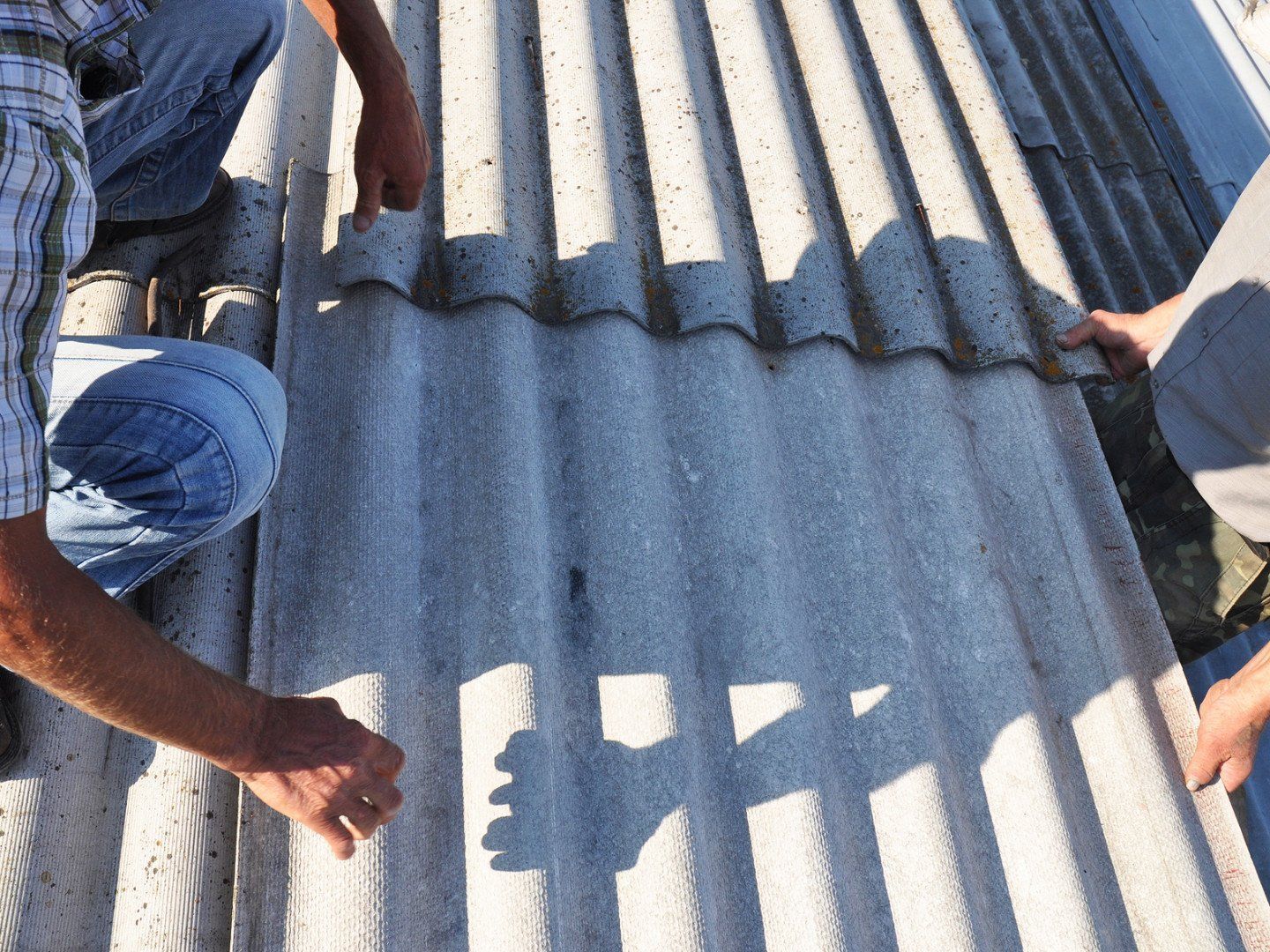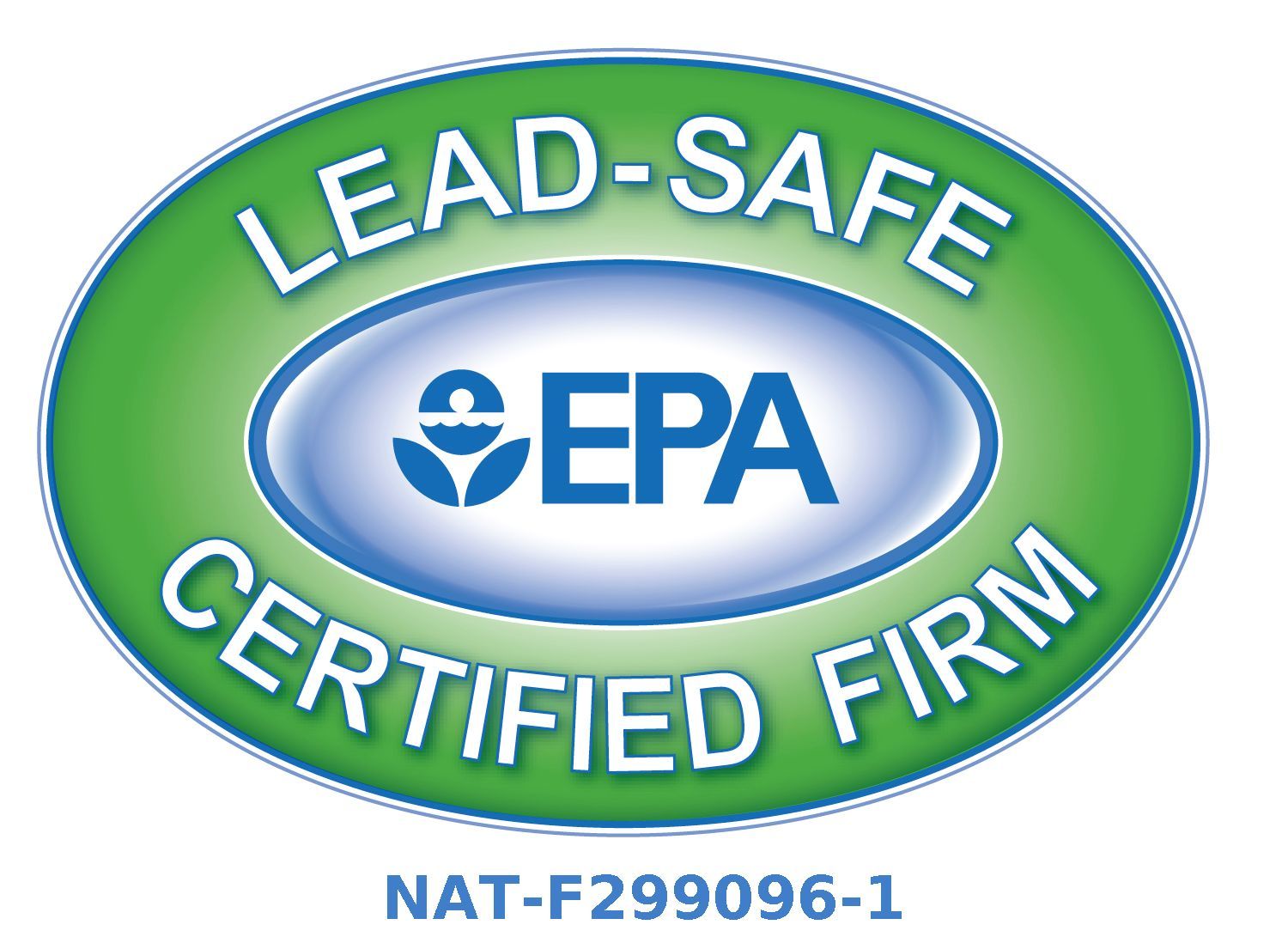
Don't Let Asbestos Get the Best of Your Family
Asbestos testing services in Solon, Lakewood & Cleveland, Ohio and the surrounding area.
Asbestos was commonly used in building materials in the 1970s. From siding to flooring to air ducts, asbestos was manufactured in insulation and other construction materials before its ban in 1989. While it was once considered a worthy addition in many materials because of its fire-resistant capabilities, it's now known as a toxic, cancer-causing material. Make sure your home doesn't have an asbestos problem. Call Hathaway Environmental LLC, (216)-538-8355, today for asbestos testing services!
What Does Asbestos Testing Entail?
In the 1900s, asbestos was a widely used building material due to its great durability and resistance to fire and chemicals. We also know that the tiny fibers that made asbestos so resilient may quickly become airborne and constitute a concern to public health and safety, even though it is being used in small amounts today. Asbestos is now known to be a human carcinogen and to be the cause of several additional lung, chest, and abdominal diseases. Despite being widely known for its risks, asbestos is nevertheless only sometimes used in building today.
Because of this, all buildings, regardless of their year of construction, must undergo an asbestos study before being renovated or demolished in accordance with current federal, state, and/or local rules. By taking this precaution, asbestos that may be present is kept out of the environment where it might endanger people. In fact, a lot of construction authorities won't even issue permits until they've conducted an asbestos assessment and received its findings. Any time a building is renovated, an asbestos survey is a crucial, required step.

Why an Asbestos Test is Necessary
Certain building products imported into the United States, such as insulation, flooring, textured paint, and ceiling and roof tiles, still contain asbestos. Asbestos exposure can result in deadly conditions like asbestosis and mesothelioma. Asbestos cannot be recognized by visual inspection. Additionally, asbestos is widely employed in literally hundreds of building goods due to its widespread use, low cost, and ease of availability. The discharge and exposure of asbestos to employees or personnel hired to complete projects is subject to strict regulations, and it is quite dangerous. Engage an asbestos inspector to go over your property, test samples, and deliver a report explaining the location and amount of the damage.
As mentioned above, the detection of asbestos fibers in construction materials cannot be done just by visual inspection. The only way to reliably detect and quantify asbestos particles in building materials is through an asbestos survey or screening, which involves sampling and laboratory examination of the materials. Building buyers and owners should be aware of the presence of ACM in their structures so that they may safely manage or remove them.
When Should You Conduct Asbestos Testing?
You should be ready to safeguard employees from potential dangers and yourself from potential responsibility if you are planning a restoration or demolition project soon. Many property owners believe they don't need to bother about asbestos testing if a structure is relatively recent. Minimize your risks and make sure you follow accepted standards for when to test for asbestos. See the list below:
Asbestos Management and Elimination
It might be unsafe to handle any items or materials containing asbestos. Asbestos fibers are easily airborne if the material is already cracked or damaged. According to research, asbestos exposure is never safe. Asbestos should always be handled and removed by
qualified professionals
in order to avoid exposure. The U.S. Environmental Protection Agency advises the general public against handling asbestos, despite the availability of DIY asbestos removal manuals online. Mishandling asbestos might expose people to deadly levels of radiation.

Asbestos should only be handled, removed, and disposed of by trained personnel. Professionals in asbestos abatement can handle asbestos safely if they adhere to rules. Exposure to asbestos may result from improper handling. Mesothelioma and other asbestos-related illnesses can manifest in people who have been exposed to asbestos. All asbestos removal or abatement work must be done by qualified individuals with the training, experience, and expertise necessary for the type of work being done. Training in practice is a requirement here.
Take the First Step to Being Asbestos Free
Asbestos was once a miracle material that was frequently used to manufacture building supplies. But now that people are aware of the risks associated with asbestos, they are working to get rid of it from their homes, workplaces, and other public spaces. For a free evaluation, get in touch with Hathaway Environmental right immediately if you or a member of your family is worried about asbestos exposure or if your plans involve house demolition, renovations, or sale. We would be happy to go over the best choices.
Hathaway Environmental, a licensed asbestos abatement contractor in Ohio, provides extensive asbestos abatement services as well as asbestos presence assessments of properties. Hundreds of asbestos inspections have been done by Hathaway Environmental for builders, property management firms, individual homeowners, and owners of commercial buildings in Lakewood, Cleveland, OH, & the surrounding areas. With the aid of tried-and-true methods and dependable tools, our asbestos abatement specialists will find and remove every asbestos fiber present in your house or place of business. For a free estimate, call Hathaway Environmental at
(216) 538-8355 right away.






